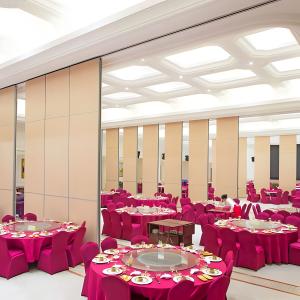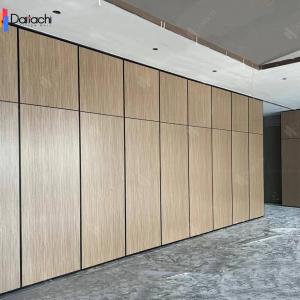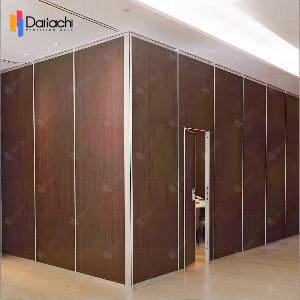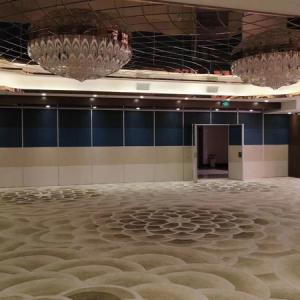What are movable partitions?
Temporary movable conference room partitions are modular, https://www.daitachipartitionwall.com/product/Movable-wall-systems.html target='_blank'>Movable Wall Systems that offer customizable space divisions.These customizable movable partition systems move within standard tracks fixed to the ceiling, allowing for easy repositioning when necessary. The movable panels can be operated manually or automatically, with a mechanism ensuring smooth movement and secure installation. Once in place, sliding acoustic wall systems provide effective soundproofing, effectively transforming a space into a private, acoustically optimized environment. This flexibility makes movable partitions ideal for a variety of applications, from conference rooms to educational settings, wedding venues, and more.
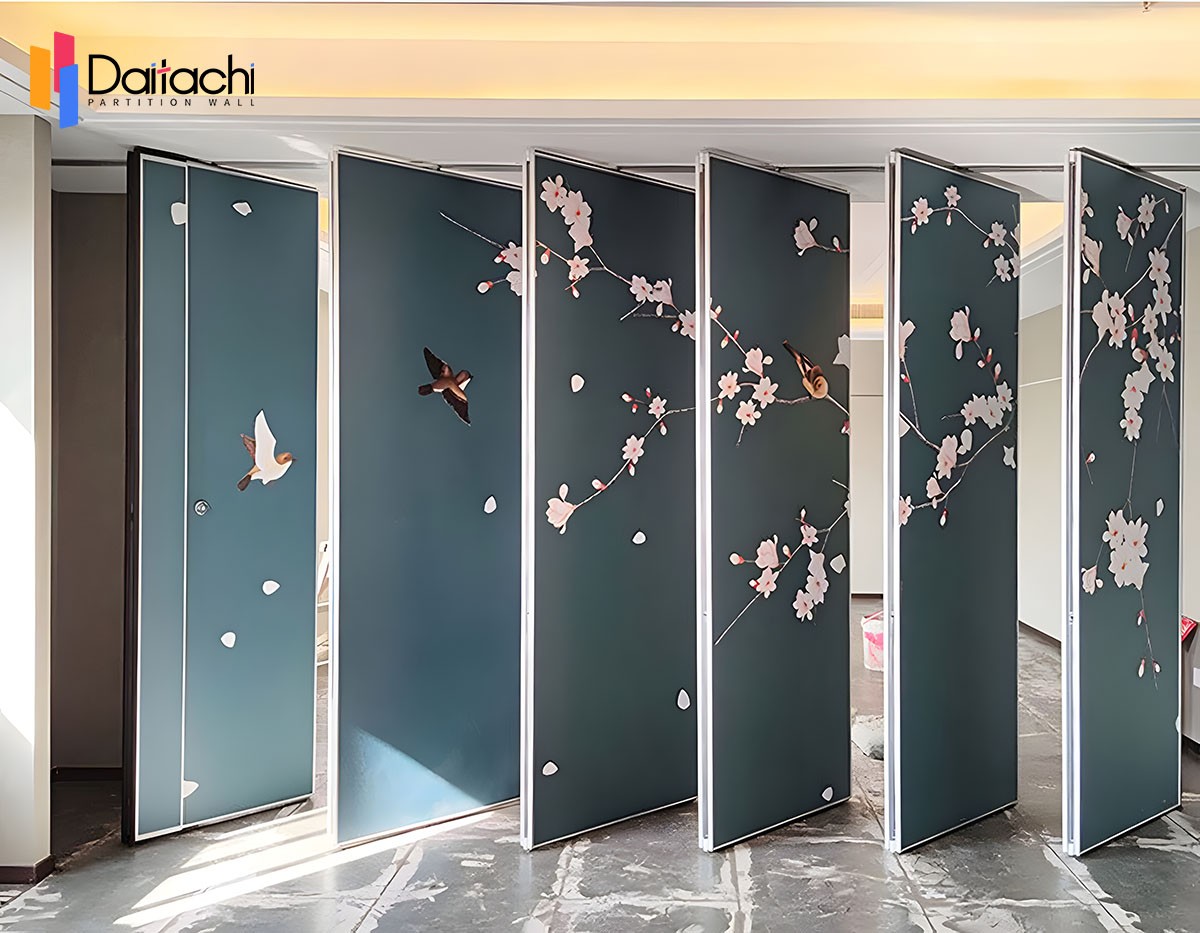
Types of Acoustic Movable Partition Walls
Movable Folding Walls are available in a variety of designs to suit different needs and operational preferences. The following are the most common types:
1. Manually Operated Walls
Features: Manually operable walls are the most basic and economical option for dividing spaces. They slide along ceiling tracks by manually pushing them. This type of office partition requires manual effort to move the wall sections, but thanks to the use of sliding panels supported by dual rollers, movement is generally smooth and easy.
Applications: Manual partition wall systems are typically used in spaces where frequent adjustments to the partitions are not required or a high degree of manual control is required. They are ideal for conference rooms, classrooms, and small offices.
Advantages: Low initial cost, simple and reliable, with minimal maintenance requirements.

2. Semi-Automatic Operated Walls
Features: Semi-automatic office partitions offer a moderate degree of automation. While the foldable wall panels still require manual movement along the ceiling tracks, their movement is assisted by motors or automated mechanisms. For example, motors can help lift or slide the wall panels into position, but the user still needs to manually align and lock them into place.
Applications: Semi-automatic folding partition systems are typically used in environments where frequent wall panel movement is necessary and where cost and automation are a good compromise. These systems are often used in event venues, hotel ballrooms, or office spaces where room size needs to be occasionally reconfigured.
Advantages: Faster movement than manual systems, still offers a degree of user control, and reduces the amount of physical effort required.
These panels are equipped with either an electric motor or a fully automated drive system, allowing them to be moved at the touch of a button. This system, operated by sensors and a control panel, allows users to easily move and lock the partition without excessive physical effort.
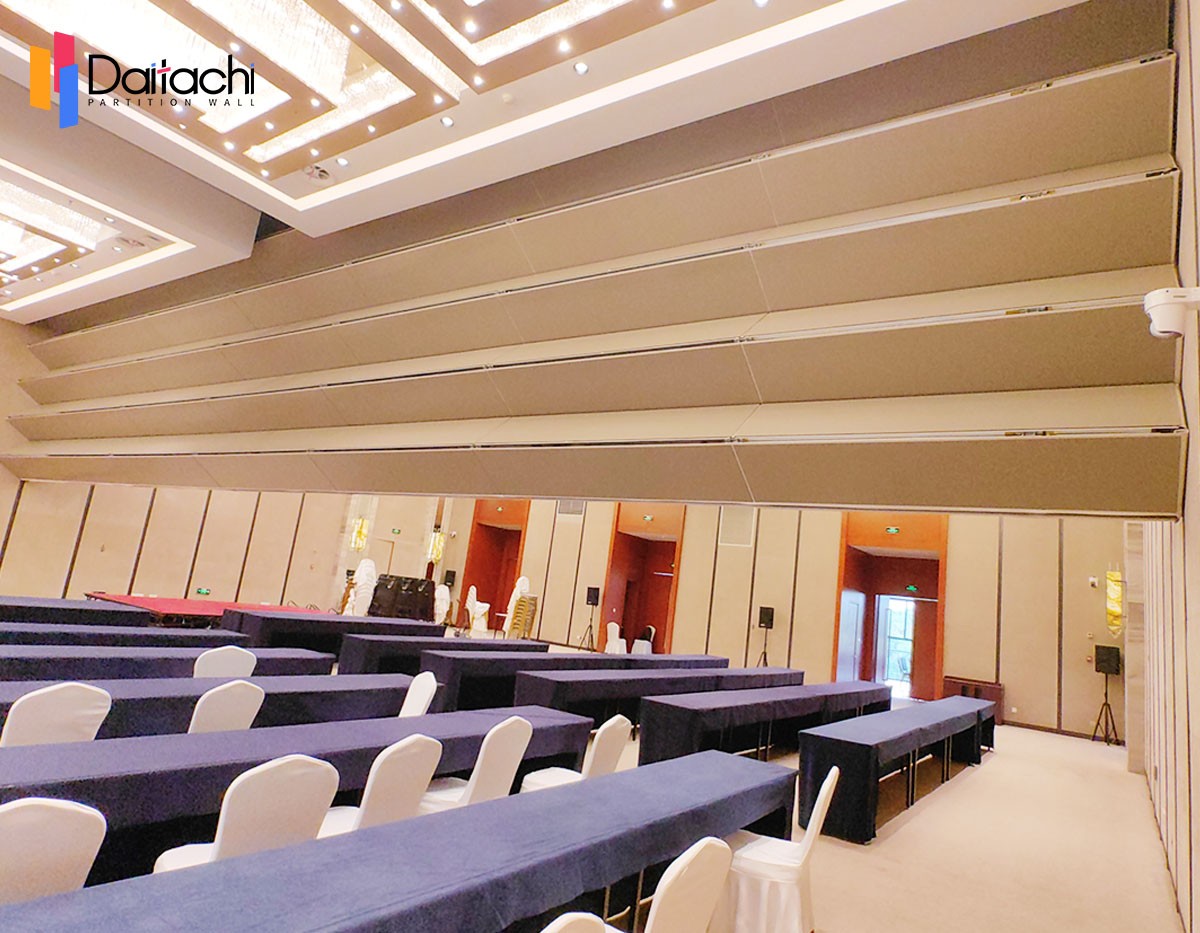
3. Vertical Folding Retractable Wall
Features: The soundproofing vertical folding retractable wall for conference rooms is designed to fold upward (vertically). When not in use, the folding wall panels can be completely retracted into the ceiling, eliminating floor space and maintaining the integrity of the space. When unfolded, the vertical folding wall becomes a double-sided rigid wall and sound barrier, achieving a sound insulation rating of up to RW62.
Applications: The vertical folding retractable wall system is the most complex and is ideal for applications with limited floor space or large partition walls, as well as for frequently used spaces. It is commonly used in multi-purpose conference rooms, libraries, large event spaces, gymnasiums, and other venues.
Advantages: The lifting of the panel is completely supported by the motor and does not require human operation. It is quiet, flat and solid. It can effectively separate the space of large scenes. There is no floor, wall rail or visible hinge. It is equipped with safety obstacle sensors and can be used in stepped or inclined spaces.

